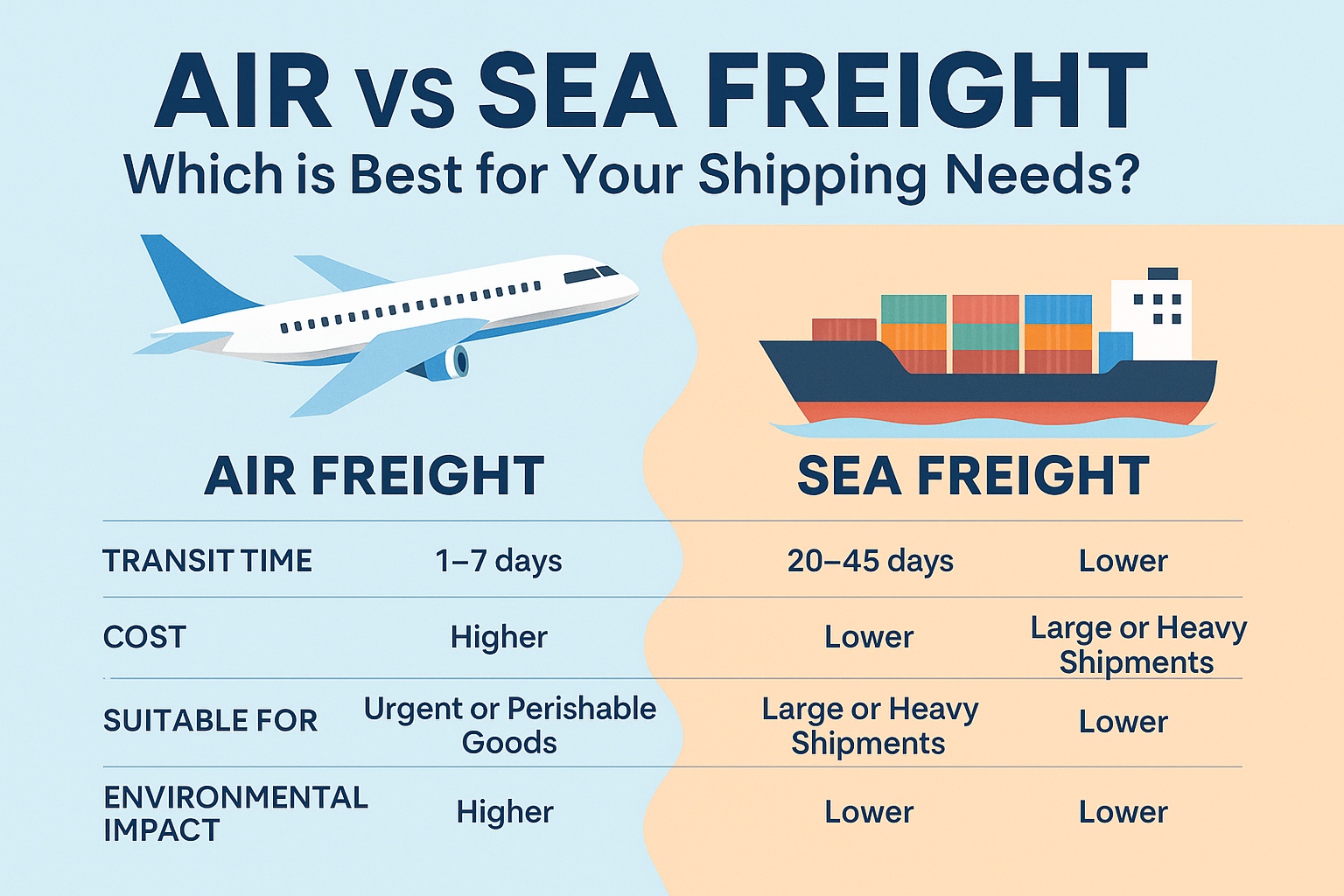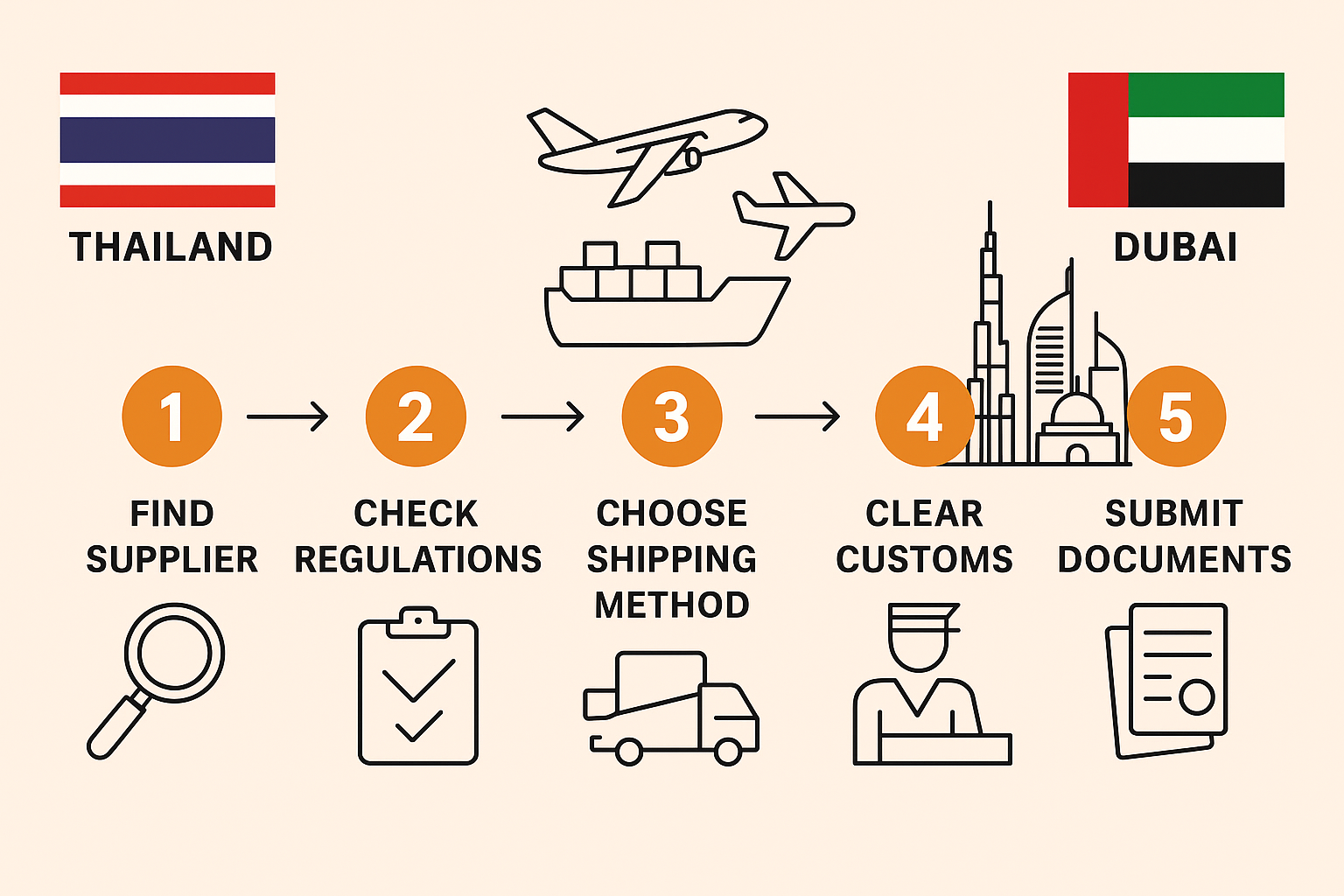Exporting Goods from Thailand
February 14, 2024

Exporting Goods from Thailand
Exporting goods from Thailand to international markets is a crucial process for the country's economy. It not only generates income for businesses and entrepreneurs but also serves as a viable option to enhance the long-term economic resilience of the nation.
Steps in Exporting Goods
- Product Preparation: Exporting begins with meticulous product preparation, starting from high-quality packaging to ensure that the goods reach consumers in the best possible condition.
- Contracting and Financing: Negotiating trade contracts and securing funding for exports are essential factors in supporting the export process. They play a vital role in facilitating the entire operation.
- Transportation Management: Choosing suitable transportation methods, such as shipping, rail, or air, is crucial to ensuring the rapid and secure delivery of goods to their destination.
- Compliance with Laws and Regulations: Exporters must adhere to international laws and regulations related to cross-border trade to avoid legal issues that may arise.
Marketing and Advertising: Effective marketing and advertising strategies tailored to the target market help increase the popularity of the exported goods in the destination market.
Benefits of Exporting Goods
- Revenue Generation: Exporting is a significant source of income for the country, particularly for businesses capable of adding value to their products.
- Diversification of Trade Channels: Exporting opens up opportunities for businesses to access global markets and new customers.
- Job Creation: Exporting goods contributes to job creation, providing employment opportunities for the population.
- Enhancement of Economic Resilience: Investing in exporting goods helps strengthen the economic resilience of the country.
Challenges in Exporting Goods
- Labor Costs: Labor costs can impact the competitiveness of product prices in the global market.
- Exchange Rate Fluctuations: Changes in exchange rates can lead to fluctuations in product prices.
- Terms and Regulations: Trade terms and international regulations have a significant impact on the export process.
- Adaptation to Market Conditions: Businesses must adapt to market conditions and consumer preferences in the destination country.
Exporting goods is a dynamic process that requires careful planning, adherence to regulations, and adaptability to market changes. Despite challenges, successful exports contribute significantly to a country's economic growth and global presence.
บทความอื่นๆที่ใกล้เคียง
แสดงทั้งหมด
Exporting Goods from Thailand
February 14, 2024
สารบัญเนื้อหา
Exporting Goods from Thailand
Exporting goods from Thailand to international markets is a crucial process for the country's economy. It not only generates income for businesses and entrepreneurs but also serves as a viable option to enhance the long-term economic resilience of the nation.
Steps in Exporting Goods
- Product Preparation: Exporting begins with meticulous product preparation, starting from high-quality packaging to ensure that the goods reach consumers in the best possible condition.
- Contracting and Financing: Negotiating trade contracts and securing funding for exports are essential factors in supporting the export process. They play a vital role in facilitating the entire operation.
- Transportation Management: Choosing suitable transportation methods, such as shipping, rail, or air, is crucial to ensuring the rapid and secure delivery of goods to their destination.
- Compliance with Laws and Regulations: Exporters must adhere to international laws and regulations related to cross-border trade to avoid legal issues that may arise.
Marketing and Advertising: Effective marketing and advertising strategies tailored to the target market help increase the popularity of the exported goods in the destination market.
Benefits of Exporting Goods
- Revenue Generation: Exporting is a significant source of income for the country, particularly for businesses capable of adding value to their products.
- Diversification of Trade Channels: Exporting opens up opportunities for businesses to access global markets and new customers.
- Job Creation: Exporting goods contributes to job creation, providing employment opportunities for the population.
- Enhancement of Economic Resilience: Investing in exporting goods helps strengthen the economic resilience of the country.
Challenges in Exporting Goods
- Labor Costs: Labor costs can impact the competitiveness of product prices in the global market.
- Exchange Rate Fluctuations: Changes in exchange rates can lead to fluctuations in product prices.
- Terms and Regulations: Trade terms and international regulations have a significant impact on the export process.
- Adaptation to Market Conditions: Businesses must adapt to market conditions and consumer preferences in the destination country.
Exporting goods is a dynamic process that requires careful planning, adherence to regulations, and adaptability to market changes. Despite challenges, successful exports contribute significantly to a country's economic growth and global presence.

